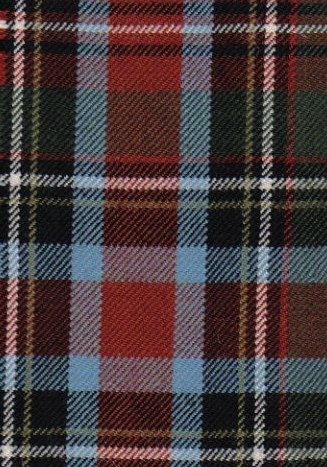Carolina Tartan
The Carolina tartan was designed in 1981 by Peter MacDonald of Crieff, Scotland. This tartan is the official state tartan of both North and South Carolina.
Both states have received their fair share of Scottish immigration. The Cape Fear River Valley in particular was home to a large settlement of Gaelic speaking Highlanders, among them Flora MacDonald. Many of these Highlanders had taken oaths of loyalty to the Crown after the ’45 and so fought as soldiers for the Royalists in the Revolutionary War.
By contrast, the west part of the Carolinas was settled primarily by Ulster Scots, Lowland Scots who had migrated to Ulster in the seventeenth century, and later to the American colonies. Many of these people would join the fight for American independence in the late eighteenth century. Land grants given to veterans after the Revolutionary War encouraged many Ulster Scots to settle in the Appalachian mountains of North Carolina.
The Carolina district tartan was the idea of Peter MacDonald. It is based upon a version of the Royal Stewart tartan found in a fragment of a coat from the Royal Company of Archers c. 1730. It is believed to be the same sett that was used as ribbons on the coat of King Charles II for his marriage in 1661. It was chosen since the Carolina colonies were named for Charles. MacDonald proposed his idea of a Carolina tartan to the St. Andrews Society of North Carolina and the St. Andrews Society of Charleston, South Carolina, both of which approved of the idea.
The Carolina tartan was adopted as the official tartan of North Carolina in 1991. South Carolina enacted legislation adopting the design as its official tartan in 2002.
Read more information on the Carolina Tartan at www.carolinatartan.com
Adapted from The Compendium of District Tartans by Matthew A. C. Newsome and James A. Bullman.


